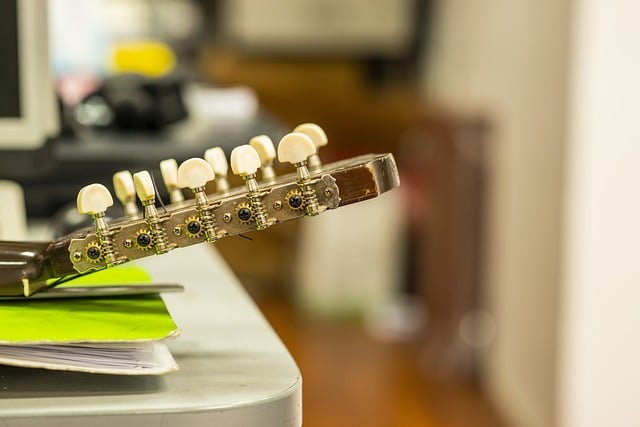
The charango is an instrument with five double strings
A charango is a musical instrument often used in the Andes region. It is a string instrument that resembles a guitar , although it is much smaller.
General characteristics
The most common charango has five double strings . Its origins date back to the 18th century , when its sound box was made from the shell of an armadillo (a mammal whose shell is made up of bone pieces covered by horny sheets that move).
Currently, the charango box is generally made of semi-hard or hard wood , trying to imitate the structure and shape of the armadillo shell. It is common for the box , neck and headstock to be developed in the same unit , without there being separate parts.
The woods most frequently used to make charangos are cedar , walnut , carob , mahogany and larch , among others. In some cases even the pegs are made of wood, although metal pegs also exist.
The charango is used in several Latin American folk rhythms, such as the huiano and the cueca . The musician who plays the charango is known as a charanguista .
Theories of its origin
Let's start with the Peruvian theory, according to which the cultural fusion that took place after 1532, when the Spanish arrived in their lands, gave rise to the emergence of the charango. The presence of this instrument in the history of Peru can be seen, for example, in texts, pictures and paintings dating back several centuries . The first textual evidence of the charango and other similar instruments on Peruvian soil were written by chroniclers from the 17th century onwards.
With respect to Bolivian theory, we can read in a book written in 1946 by the Argentine Carlos Alberto Gabriel Vega , nicknamed the father of musicology in his country, that the indigenous people greatly enjoyed playing the charango, which he describes as a "guitarrillo." According to the Bolivian singer-songwriter Ernesto Cavour Aramayo , the creator of the charango was the Indian Sayra Willka , who in 1716 came across this invention while trying to make a small guitar similar to the Spanish ones. Its initial name was chajhuanku , in Quechua .
Parts of the charango
The speaker can be made of hollowed wood, laminated or armadillo shell. The latter is the one that was used in the beginning in both Bolivia and Peru. Fortunately for this species, which is in danger of extinction, over time the use of wood began to be prioritized.
The mast is also made of wood, especially the so-called "mara", because it effectively resists climate changes and is very light. Its headstock , also made of wood, can arrange the pegs vertically or horizontally (the latter type uses metal exclusively).
The pegs can also be made of either of these two materials. Of course, wood is more common, because it is easier to produce and, therefore, cheaper than metal. On the other hand, metal pegs are usually easier to control when tuning the charango. Regarding the strings , in the beginning they were made with gut, but over time this material was replaced by metal and nylon.

Metal tuners usually make tuning easier
famous charanguistas
Among the most famous charanguistas in history are the Argentine Jaime Torres , the Bolivian Mauro Núñez and the Chilean Roberto Márquez . It is also possible to find women who stand out for their talent with the charango like Marcela Morelo .
It is interesting to note that, in homage to the aforementioned Mauro Núñez , Bolivia celebrates National Charango Day every January 15 . On that date in 1902, the prestigious musician was born, who died in 1973 .
